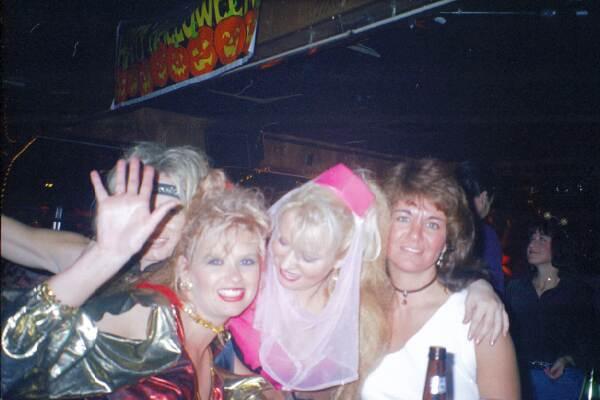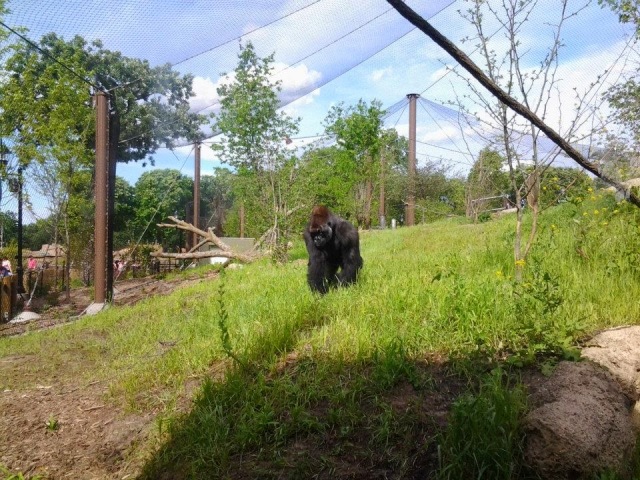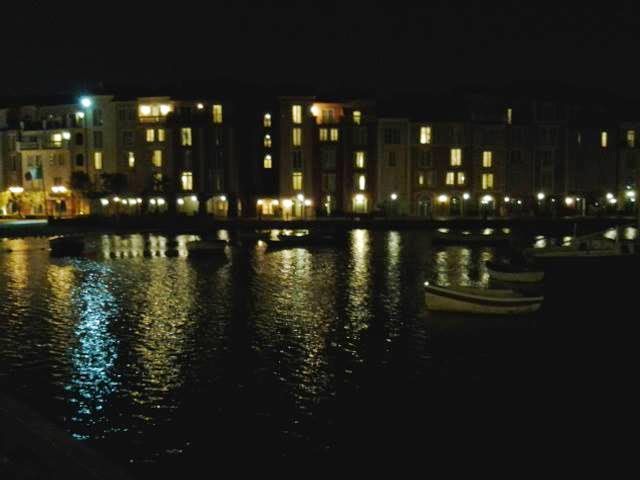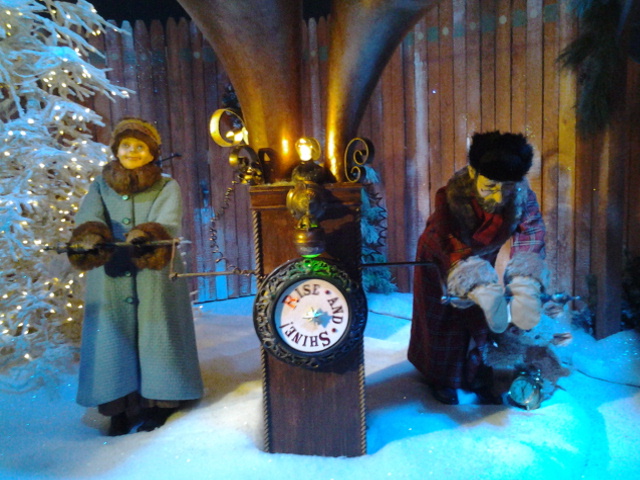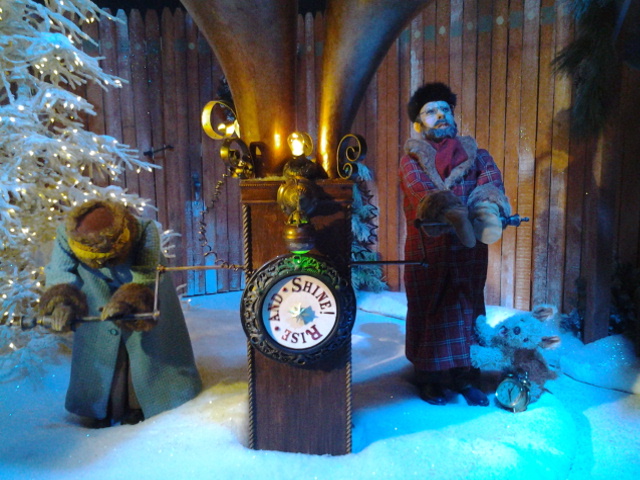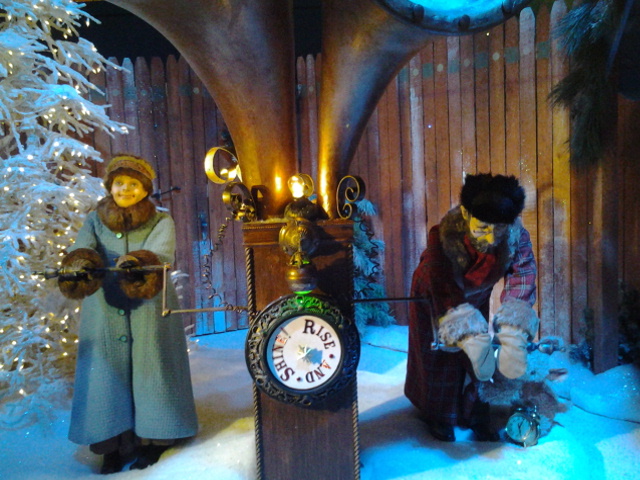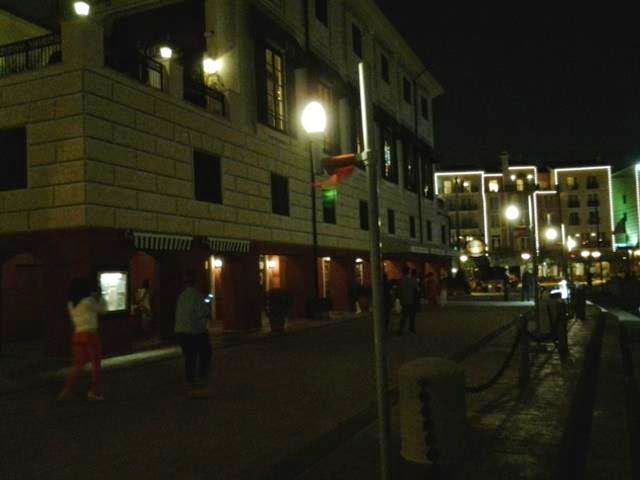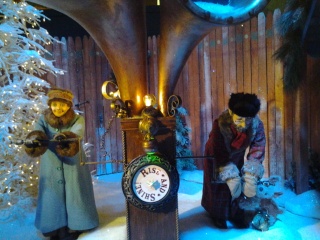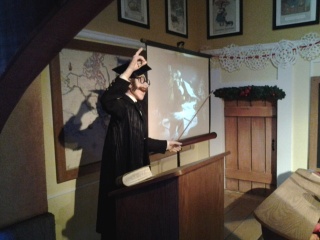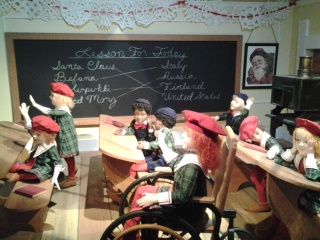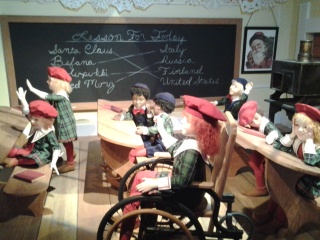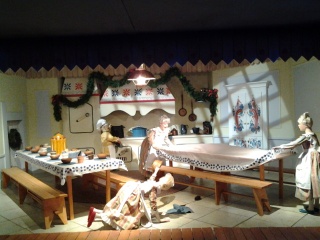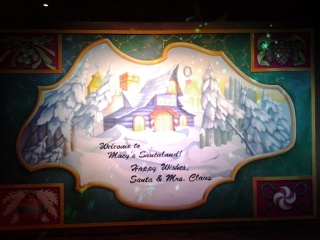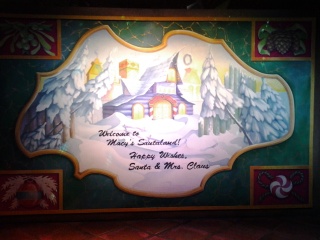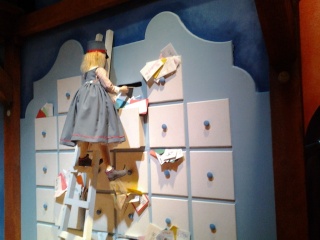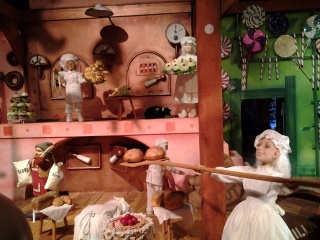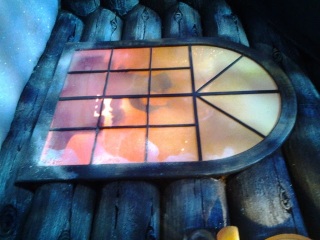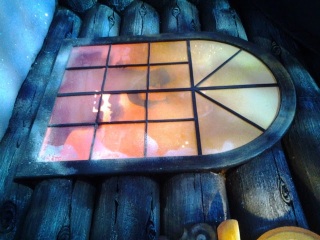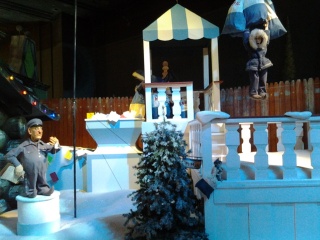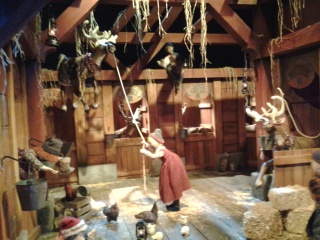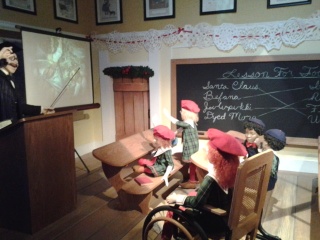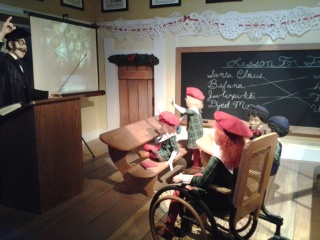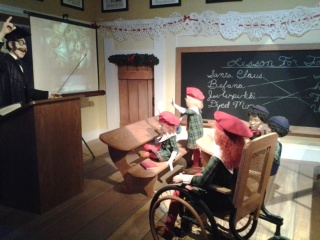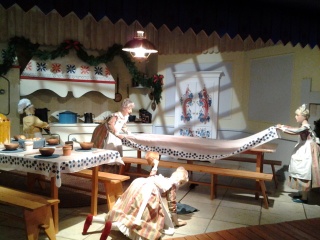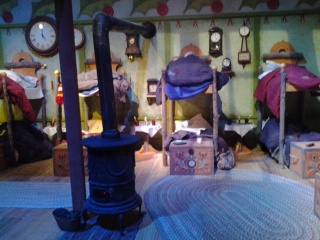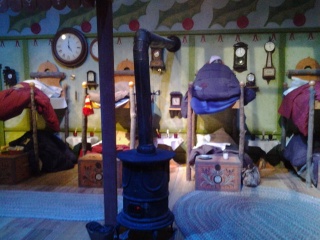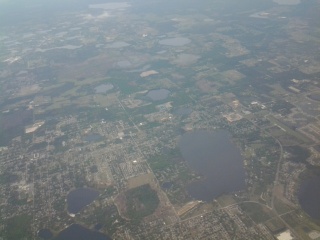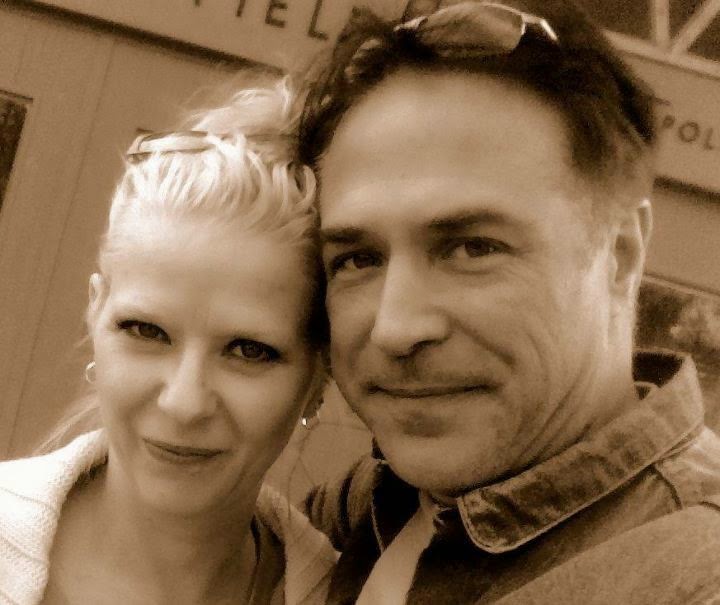When the
design of the Norwest Center was revealed, the main reaction might have
been not awe, but relief. It wasn’t another featureless flat-top box
like Multifoods or Pillsbury, but no one had expected that it would be.
The architect was Cesar Pelli — a lanky, genial, Argentinian who was one
of the finest architects of the 20th century — and he’d produced a
solid addition to downtown’s towers. The tower was a glass-and-stone
square that rose 45 stories, tapered slightly, and ended in a pyramid
that would transform the skyline.
Perhaps
you’re scratching your head and thinking, hold on, that doesn’t sound
right. That doesn’t sound like Norwest at all. You’re right. Pelli went
back to the drawing board after the project’s original partners changed
and the site was split in two, and returned with the slender,
Rockefeller Center homage we now call the Wells Fargo Center. The
original design joined the ranks of unbuilt projects that would have
made Minneapolis look quite different — and in almost every case, we
should consider ourselves lucky.
1. Almost every case. Consider first the Lincoln Tower,
now known as 333 South Seventh Street Tower. A late postmodernist
design from Kohn Pedersen Fox. Monochrome stone in a pleasing
arrangement; classical proportions; a ziggurat roof that recalled the
exuberant tops of Jazz Age skyscrapers built at the end of the 1920s
boom. There’s a nice lawn out front, trees, lawn chairs and sofas in the
warm months. When you look at it from one angle, you can’t imagine it’s
missing anything.
But it’s
only half the project. The original design included a second tower, a
mirror image of the other, built on the plot where office workers now
play beanbag. The market crash of the late 1980s doomed Phase 2, and now
the tower looks like a twin that lost its sibling and lives out the
rest of its life alone. Together, they would have been a formidable pair
— but the green space, across the street from the park outside
Government Center, makes for a nice oasis. Two buildings would have been
better. One has worked out just fine.
2. Speaking of Hennepin County Government Center:
Early plans anticipated a thicket of office buildings rising up around
the slit-windowed behemoth, stuffed with lawyers to toil in the courts.
One design had identical structures about 15 stories tall lined up
perpendicular on either side, a junior-league Brasilia. It didn’t even
look good on paper. To be fair, a row of handsome International Style
buildings — black glass with nickel trim, glowing from within when the
sun began to set — would have been a crisp rebuke to the
block-straddling Colossus of Government. But it was too late to hope for
something simple and elegant. They would have built mirror boxes, one
after the other, or dull brown brick slabs with copper-tinted windows.
That’s all they knew how to do for a while.
3.
Speaking of International Style black boxes: That aesthetic morphed
into something less graceful by the late ’60s and early ’70s. Less
glass, more stone. In the late ’60s a skyscraper was proposed for 5th Street,
where the curvy duo of the 5th Street Towers now stands. The tower was
sheathed in dark rock and metal, all business, no joy. You would have
expected winged monkeys in gray flannel suits to fly out of its upper
floors. The only mention of the proposal was a photo in the Star Tribune
archives; perhaps it was commissioned just to frighten small children
and reassure bad architects that almost anyone could design one of these
things.
4. The LSGI project.
This would have put a dome over several blocks of downtown, creating an
indoor mall. It could have worked! See also Block E, Gaviidae Phase 1
and 2, and City Center.
5. The Nicollet.
This 56-story condo tower on Nicollet Mall at 10th Street would have
been the tallest residential tower outside of Chicago, New York and
Miami. It featured an arc that swooped through the facade, like an
abstract sail full of wind. Nixed in 2008 by Old Man Recession, the
design was downscaled into a squat block of condos, like mushrooms
growing out of the stump of a sequoia. That was canceled as well, and
now Target has offices in the renovated 1920s building that managed to
survive. Apt name for the previous tenant of the space: Let It Be
Records.
6. LeRoy Buffington’s 28-story skyscraper.
The height — 28 floors! — was shocking in 1888. That was more than
twice the height that stone-walled buildings could reach. Buffington had
devised the metal-frame system on which all modern skyscrapers are
based, and patented the idea in hopes of watching the royalties roll in.
He never built the proto-skyscraper, though. A 1942 account of his
career said “Buffington later admitted that he never really intended to
put up the twenty-eight-story building, but was using it only as a
publicity device.” The courts would later rule against his patent
claims, and the man who would be “The Father of the Skyscraper” spent
$30,000 in legal battles against other architects before filing
bankruptcy in 1901.
He did get
one royalty payment: $2,250 from Rufus Rand, who slipped him some money
when he built the Rand Tower in 1929. He felt bad for LeRoy, and
thought it was the decent thing to do.
Buffington’s
tower rose straight up and culminated in a triangular cap. It’s not
impossible to think that Pelli’s first Norwest design was a nod to
Buffington, and it would have been a sweet piece of vindication, if the
design hadn’t gone in another direction. But you can still imagine both
Pelli’s and Buffington’s designs if you’re driving through northeast
Minneapolis on southbound I-35W. If the light is right and the sun’s
heading down, there’s a moment when the silhouette of the nearby Cream
of Wheat building — a square tower, a pyramid top — looks like it could
be part of the distant skyline. For once the unbuilt rises up, and
reminds you what could have been.
But what we did get … was better.


































